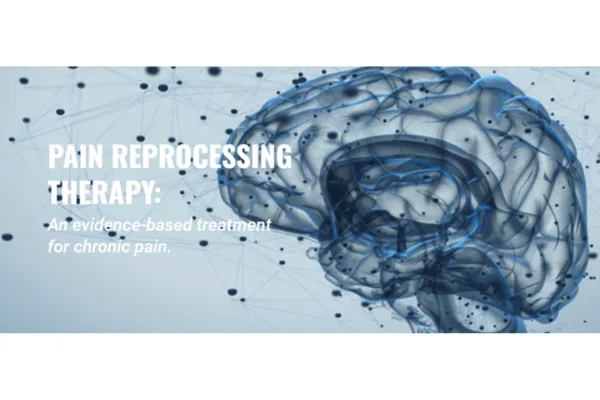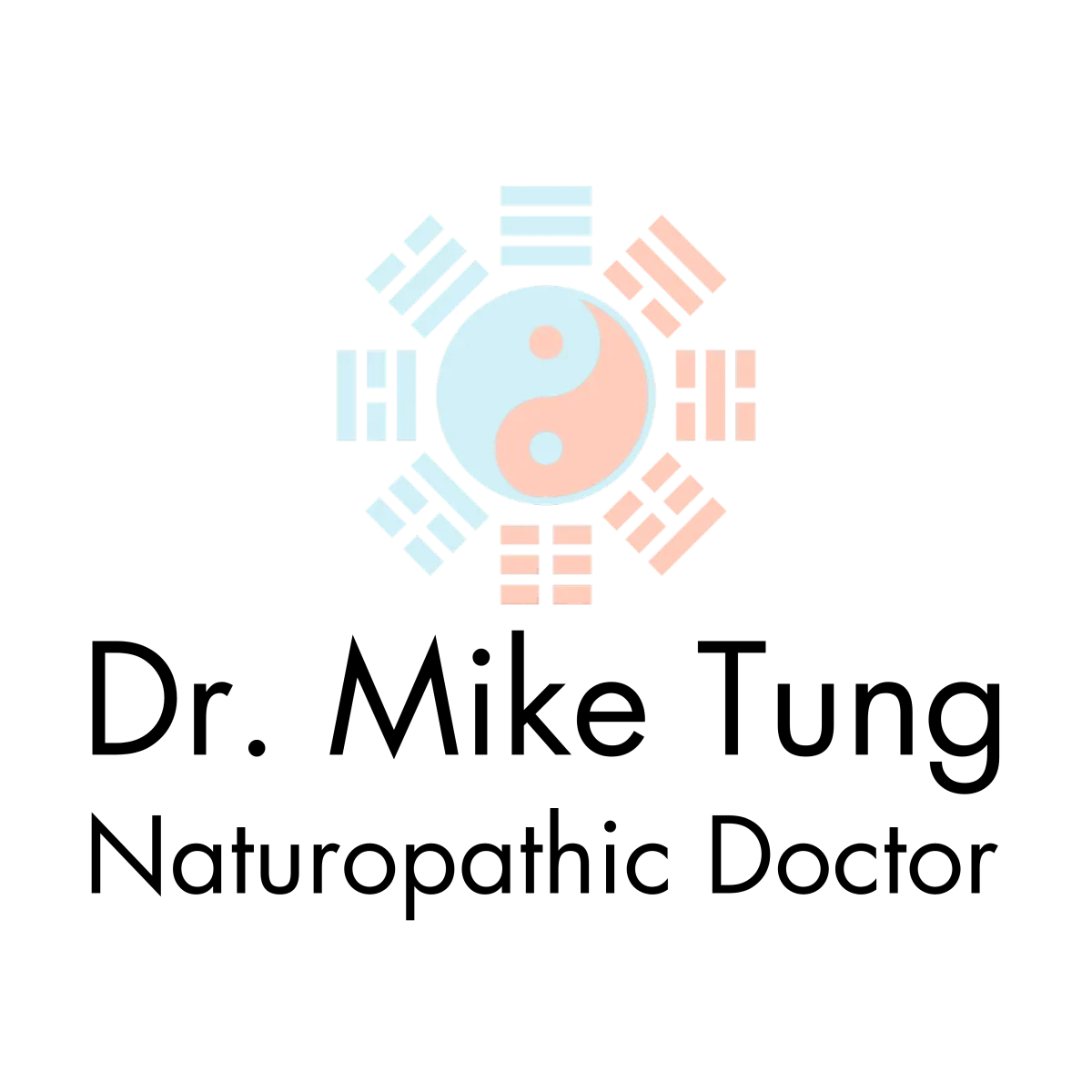Ontario's 1st Naturopathic Doctor Certified in Pain Reprocessing Therapy
Blog

Pain Reprocessing Therapy: Transforming Chronic Pain Care
Are you struggling with chronic pain that just won’t go away?
You’re not alone – chronic pain has been an epidemic even before the pandemic, affecting about 20% of Canadians. Your pain is real, and it’s unfortunate that so many people feel dismissed by conventional healthcare when it comes to their pain.
Fortunately, advances in neuroscience have led to new approaches that can help address chronic pain beyond temporary relief.
As Ontario’s first Naturopathic Doctor certified in Pain Reprocessing Therapy (PRT), I’m proud to offer this evidence-based treatment framework for chronic pain and other medically unexplainable symptoms. After more than a year of integrating PRT into my holistic practice, I have helped my clients become pain-free or essentially pain-free after years of frustration.
The New Gold Standard for Chronic Pain Care?
Pain Reprocessing Therapy is a treatment framework based on the latest research in neuroscience. It helps you retrain your brain’s response to pain signals, breaking the cycle of chronic pain. Research shows that in many cases, the brain continues to send pain signals even after the body has healed, or when there was no injury at all. Most chronic pain is not caused by ongoing tissue damage, but rather the brain’s protective patterns.
When stress, trauma, and self-criticism keep your nervous system in “survival mode”, your brain is more likely to misinterpret safe signals as threats, trapping you in cycles of tension, pain, fear, and fatigue.
Unlike old-fashioned treatments that often rely on medications and invasive procedures, PRT addresses the root cause of most chronic pain – a dysregulated nervous system – by helping you break the pain cycle.
Key Components of Pain Reprocessing Therapy Include:
Education about the science of pain and neuroplasticity
Cognitive and somatic techniques to calm your nervous system
Mindfulness and emotional processing to rewire your brain’s automatic response to dangerous sensations
Cultivating positive feelings, perceptions, and a higher quality of life
The Supporting Research for Pain Reprocessing Therapy
A recent clinical trial funded by the National Institutes of Health found that 66% of people with chronic back pain who participated in PRT reported becoming pain-free or nearly pain-free after just eight sessions over four weeks. This was significantly higher than the placebo group (20%) and the usual care group (10%), and these improvements were maintained even a year later.

Why See a Naturopathic Doctor for Chronic Pain?
Chronic pain is best understood through the “biopsychosocial” model, which recognizes that pain is a complex experience influenced by the body, mind, and environment.
Naturopathic Doctors are uniquely trained to address all these areas. Our appointments are also typically about an hour long, which allows us to dig deeper into your health story and personalize your care.
It’s not enough to just reduce pain; my goal is to help you live your best life by optimizing your lifestyle (diet, exercise, sleep, etc.), managing stress, and figuring out what brings you fulfillment.
Pain Reprocessing Therapy is an effective treatment, but results can be limited unless other health factors such as nutrition, movement, sleep, mental health, and interconnected medical conditions are addressed.
A Naturopathic Approach to Chronic Pain
As a Naturopathic Doctor, I integrate PRT with primary healthcare, which may include:
Physical exams to rule out structural causes of pain
Laboratory testing to assess underlying factors
Nutritional counseling
Personalized supplement recommendations to address deficiencies, manage other health conditions, and turn down the intensity of symptoms as you work on rewiring your brain
Acupuncture and cupping to support healing and reduce inflammation
This comprehensive approach ensures that every aspect of your health - physical, mental, and environmental - is addressed.
What My Clients Experience
Most people come to me after years of unsuccessful treatments. With PRT and naturopathic medicine, they’ve found the answers they were looking for and more.
By addressing the brain’s role in pain and supporting the body’s natural healing processes, my clients often experience:
Significant or complete pain reduction that lasts
Increased mobility, energy, and performance
Improved mood and resilience
Enhanced mental clarity and a refreshing reframing of life
Alignment of mind, body, and soul – a newfound loving relationship with their whole selves
Renewed hope and confidence in their bodies
Is Pain Reprocessing Therapy Right For You?
You may benefit from PRT if:
Your symptoms began without injury, or, if there was an injury, they’ve persisted longer than 3-12 months
Your symptoms began or worsened during periods of stress
Your symptoms are inconsistent
Your symptoms are unexplainable by medical tests and known structural conditions
Your symptoms are affected by external factors like stress, sounds, weather, etc.
You have a history of Adverse Childhood Experiences or trauma
You have personality traits that put your brain on high alert, like perfectionism, people pleasing, or conscientiousness
You have been diagnosed with mental health conditions like depression, anxiety, post-traumatic stress, eating disorders, etc.
You have a family history of chronic pain
Ready to Break Free from Chronic Pain?
If you’re still wondering if a holistic, primary care approach to your chronic pain is what you’re looking for, you can book a free 20-minute consultation to see if we’re a good fit.
I look forward to guiding you out of pain and towards a new chapter!
In health,





References
Canadian Pain Task Force. Chronic Pain in Canada: Laying a Foundation for Action. Health Canada, 2019.
Ashar YK, Gordon A, Schubiner H, et al. Effect of Pain Reprocessing Therapy vs Placebo and Usual Care for Patients With Chronic Back Pain: A Randomized Clinical Trial. JAMA Psychiatry. 2022;79(1):13–23.
https://pubmed.ncbi.nlm.nih.gov/34586357/
3. National Institutes of Health. "Brain changes following pain reprocessing therapy in chronic pain patients." NIH News Release, 2021
https://www.nih.gov/news-events/nih-research-matters/retraining-brain-treat-chronic-pain
4. Gatchel RJ, Peng YB, Peters ML, Fuchs PN, Turk DC. The biopsychosocial approach to chronic pain: Scientific advances and future directions. Psychological Bulletin. 2007;133(4):581–624.
Join My Newsletter for All Updates
Send Me a Direct Message
Copyright 2023 Dr. Mike tung, ND - All Rights Reserved - Terms & Conditions - PRIVACY POLICY

